In the labyrinthine alleys of Taipei's vibrant music scene, a distinct pulse echoes through the city's cultural veins. Livehouses, the unassuming yet vital venues tucked away in basements, repurposed buildings, and bustling night markets, have become the undeniable epicenters of Mandarin independent music. These are not merely performance spaces; they are incubators, community hubs, and the very lifeblood of a musical movement that thrives on raw energy and authentic expression, far removed from the polished production of mainstream pop.
The story of Taipei's livehouse culture is intrinsically linked to its democratic and social evolution. Following the lifting of martial law in 1987, a newfound freedom of expression began to permeate Taiwanese society. This cultural thaw provided fertile ground for artistic experimentation. Early pioneers, inspired by rock legends and underground movements from the West and Japan, began seeking venues to share their original sounds. They found homes in cramped cafes, university clubs, and eventually, dedicated spaces that would become the first generation of livehouses. These establishments were born out of necessity and passion, often operating on a shoestring budget, fueled by the shared belief that music mattered.
Unlike the massive, impersonal stadiums where mainstream idols perform, Taipei's livehouses are defined by their intimacy. The physical closeness between the artist and the audience dissolves the traditional performer-spectator barrier, creating a powerful, shared experience. In these sweat-drenched, low-ceilinged rooms, every feedback shriek of a guitar, every thump of the kick drum, and every raw, unfiltered lyric is felt viscerally. This proximity fosters a unique sense of community and immediacy. It’s a conversation, not a broadcast. You don't just hear the music; you feel its vibration in your chest and see the concentration on the musician's face. This environment demands honesty and vulnerability, qualities that are the hallmark of the indie scene.
Walking into a venue like Legacy Taipei in the Huashan 1914 Creative Park feels like entering a hallowed hall for music purists. With its superior acoustics and professional lighting, it represents the upper echelon of the livehouse circuit, attracting established indie acts from across Taiwan and greater China. Conversely, a night at Revolver in Zhongzheng District offers a grittier, more rock'n'roll experience. Its sticky floors and walls plastered with flyers for upcoming shows embody a punk-rock DIY ethos that has launched countless bands. Over in the Gongguan area, The Wall stands as a historic institution. For over two decades, it has been the crucial testing ground for nascent talent, the place where bands cut their teeth and build their following one explosive night at a time. Each venue, from the iconic to the obscure, contributes its own unique flavor to the rich tapestry of the scene.
The true magic of these spaces lies in their role as relentless talent incubators. Before any viral success or major label deal, there is the livehouse stage. It is here that bands like No Party for Cao Dong honed their explosive post-rock sound, where Deca Join’s melancholic dream-pop resonated with a generation of listeners, and where 9m88 seamlessly blended jazz and soul into the indie lexicon. These venues provide a crucial platform for experimentation and growth. Artists can test new material, refine their stage presence, and build a loyal fanbase through sheer word-of-mouth and the electric energy of a live show. The relationship is symbiotic: the venues provide the platform, and the artists fill them with innovation, ensuring the ecosystem remains dynamic and forward-thinking.
The audience is the other half of this equation. The crowds that flock to Taipei's livehouses are active participants, not passive consumers. They are discerning listeners, avid explorers of music streaming platforms, and passionate supporters who buy physical albums and merchandise directly from the artists. This highly engaged community thrives both online and offline. Online forums and social media groups buzz with discussions about last night's show or the discovery of a new band, which then translates into packed rooms and fervent sing-alongs. This creates a powerful feedback loop where audience reaction directly influences and encourages artistic development, making them co-creators in the scene's evolution.
While the core of the scene is rooted in Mandarin-speaking songwriters, its influence and reach are undeniably pan-Asian. Taipei has become a pilgrimage site for indie music fans and creators from Hong Kong, Singapore, Malaysia, Japan, and Korea. Bands from across the region covet a slot on a Taipei livehouse stage, viewing it as a significant milestone and a gateway to a broader audience. This constant cross-pollination of sounds and ideas—a Japanese math-rock band sharing a bill with a Taiwanese folk artist, or a Korean shoegaze act drawing a crowd—ensures the scene never becomes sonically insular. It positions Taipei not just as a local hub, but as a central node in a sprawling network of Asian independent music.
Despite its cultural significance, the path forward is not without challenges. The perennial issues of gentrification, rising rents, and noise complaints threaten the existence of these often financially precarious venues. The recent global pandemic brought live music to a screeching halt, exposing the fragility of this ecosystem. In response, the community has demonstrated remarkable resilience. Venues and promoters quickly adapted with live-streamed concerts, and the government introduced limited cultural vouchers to stimulate spending. More importantly, the deep-seated loyalty of fans ensured a rapid and passionate return to packed houses once restrictions eased, proving the indispensable value of these physical spaces.
To experience a show in a Taipei livehouse is to witness the present and future of Mandarin music being forged in real-time. It is a raw, unvarnished, and profoundly authentic cultural experience. The air crackles with potential—the nervous energy of a first-time performer, the triumphant roar of a band hitting their stride, and the collective breath of an audience completely lost in the moment. These venues are more than just rooms with stages and PA systems; they are the guardians of a creative spirit, the amplifiers of underrepresented voices, and the undeniable energy center of a musical revolution.

By /Aug 22, 2025

By /Aug 22, 2025

By /Aug 22, 2025
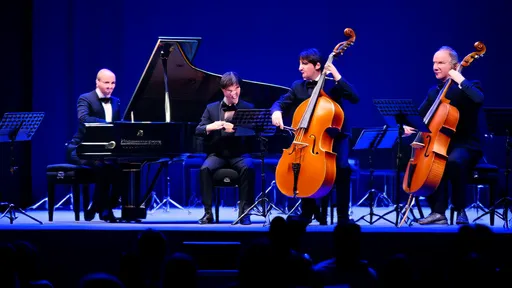
By /Aug 22, 2025
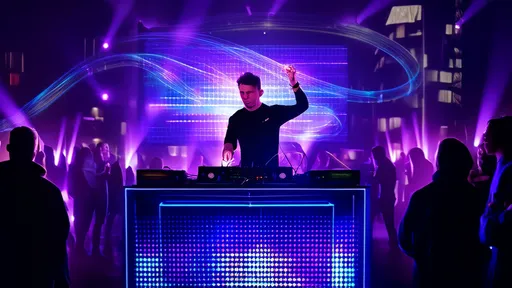
By /Aug 22, 2025
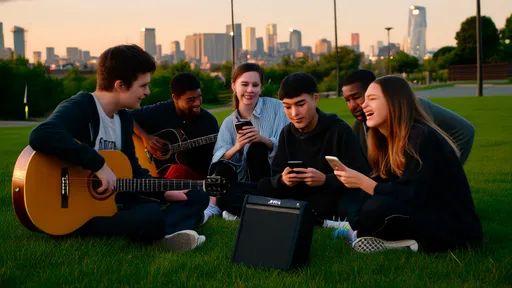
By /Aug 22, 2025
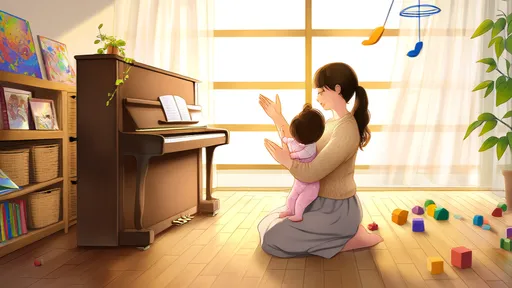
By /Aug 22, 2025

By /Aug 22, 2025

By /Aug 22, 2025
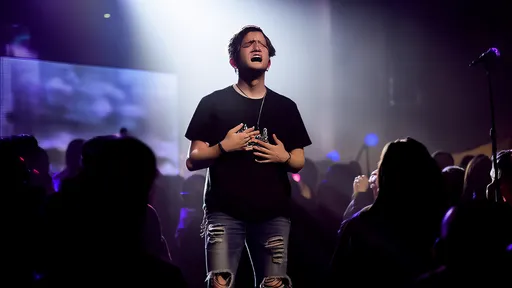
By /Aug 22, 2025

By /Aug 22, 2025
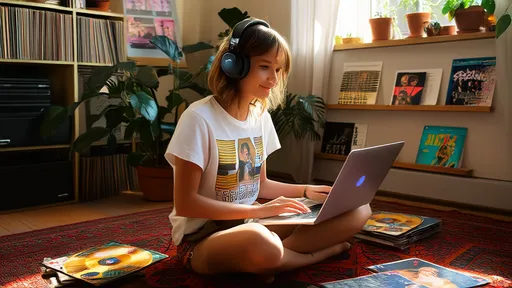
By /Aug 22, 2025
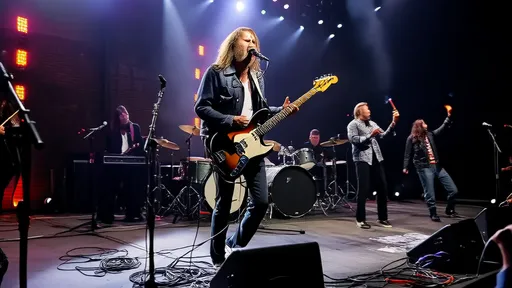
By /Aug 22, 2025
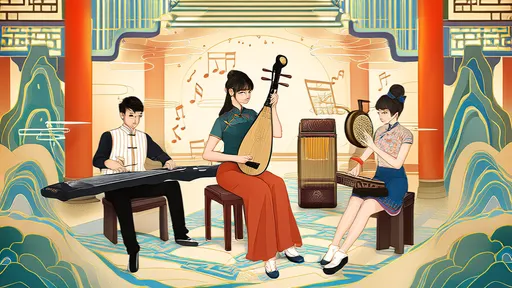
By /Aug 22, 2025
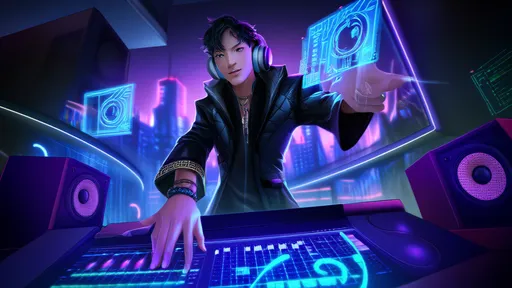
By /Aug 22, 2025
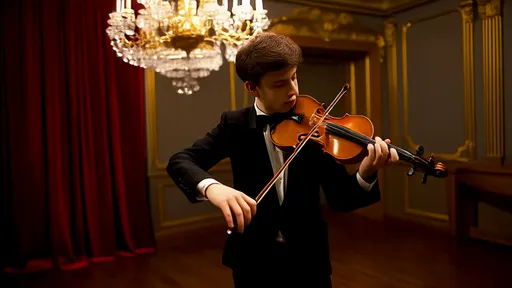
By /Aug 22, 2025
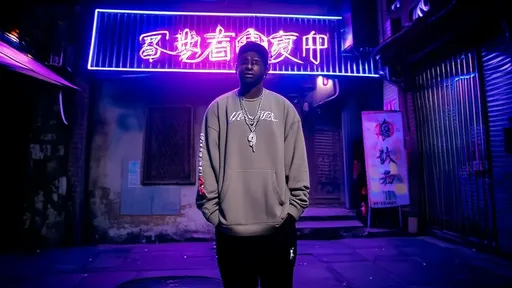
By /Aug 22, 2025
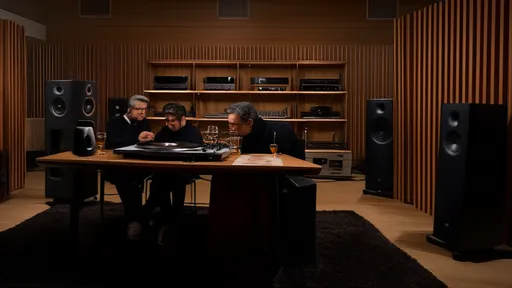
By /Aug 22, 2025
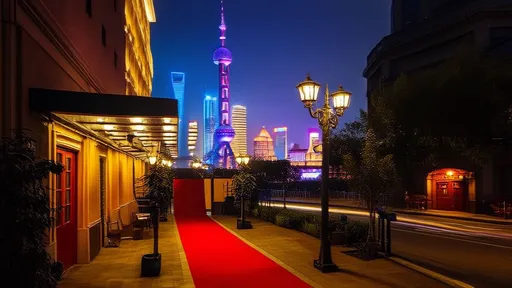
By /Aug 22, 2025
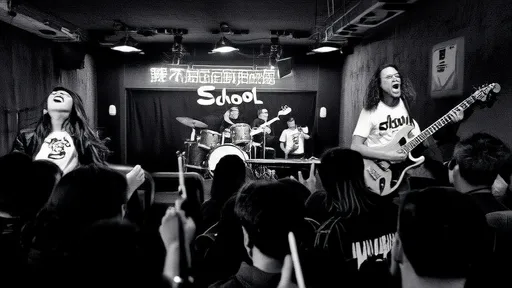
By /Aug 22, 2025